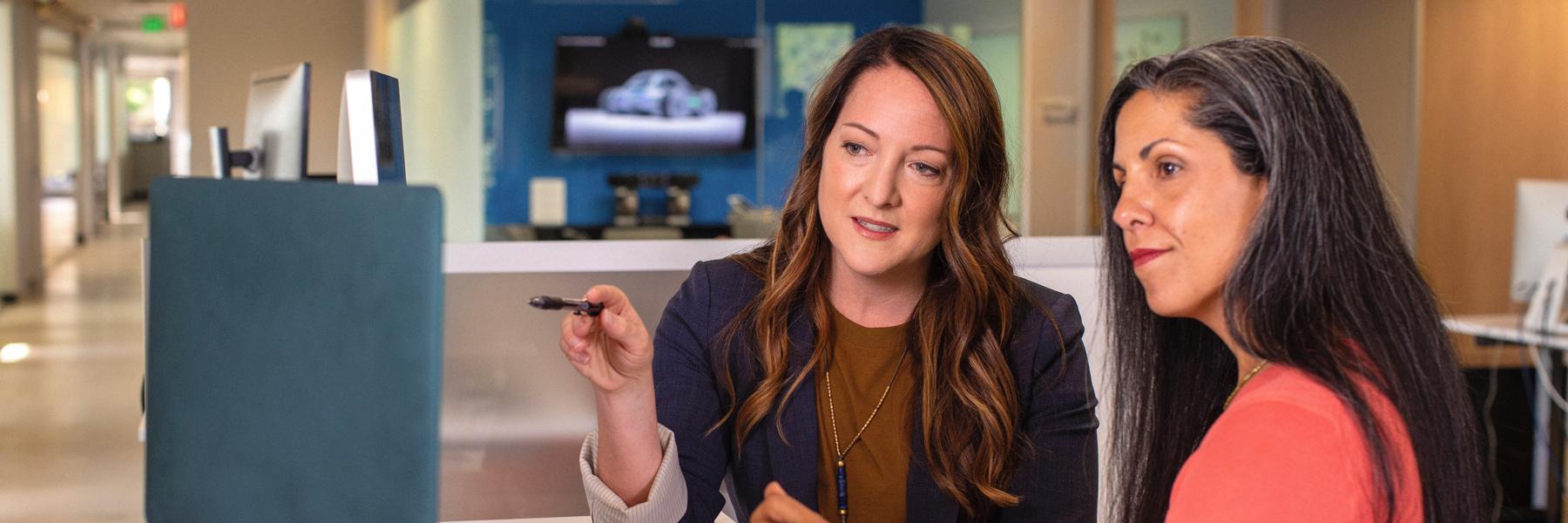Developing accessible online content, activities, and lab exercises
Gina Londino-Smolar started the venture of creating an online version of her Forensic Science Online Lab course for non-science majors in order to allow more students to enroll. My eDS teammates (Caitlin and Maggie) and I first created a course design and then developed learning activities to make the most of the online environment and maintain the same high standards of excellence as the face-to-face lab course. To help ensure that all students are able to engage in the course material, we incorporated best practices surrounding accessibility and Universal Design for Learning (UDL). Michael Mace with ATAC partnered with us to share his and his team's knowledge about designing for potential learners' access from the start. We began by making the Canvas pages accessible using pre-formatted styles for headers and bullets, captions, and alternative text and descriptions for images. Special thanks to Michael Mace and Destin Hubble for answering questions along the way and supporting the finer details of creating an accessible Canvas course.
Caitlin Malone has played a key role in developing the accessible online content, activities, and lab exercises. And Maggie Ricci worked with the 3D virtualization to develop 3D prints of footwear, bullets, and cartridge casings for students who need a different way to interact with lab materials. Maggie and Michael Jasiak (Academic Media Production Space) took on developing 360 degree video tours of the Indiana State Police Crime Lab and State Department of Toxicology Lab. Gina also worked with Michael to record demonstrations of lab experiments.
Currently, Chris Goodbeer is developing tactile graphics to allow students who have visual impairments to more fully experience forensic science activities. For example, he developed a braille version of our crime scene, raised versions of fingerprints along with descriptive braille text of what is being shared, and chromatograms of fire debris accelerants. Next, he's moving on to raised versions of handwriting and blood spatter examples. This allows the opportunity to share experiences with students who may never have the opportunity in any other arena.
What are some of the highlights of our adventure so far?
- Created labs -- both hands-on and virtual -- and currently developing an accommodation kit (underway) to provide alternative activities for students depending upon their needs. This kit will include a 3D printout of shoes and bullets; tactile graphics of various crime scene materials; and other hands-on activities to replicate experiences not possible in an online format.
- Within the online forum, we have provided videos of interactive 3D versions of bullets showing all sides for keyboard users to more easily access all aspects of the bullets, and both virtual and physical versions of interactives.
- Gained permission from the lab kit company to put the lab instructions directly into Canvas because the PDFs were not accessible.
- Developed quizzing activities using Canvas functionality rather than using the non-accessible version of the lab kit company's virtual activities.


